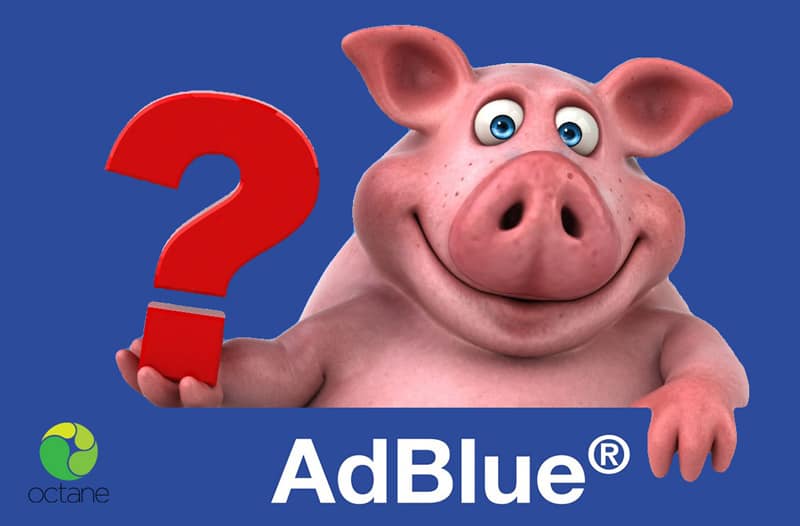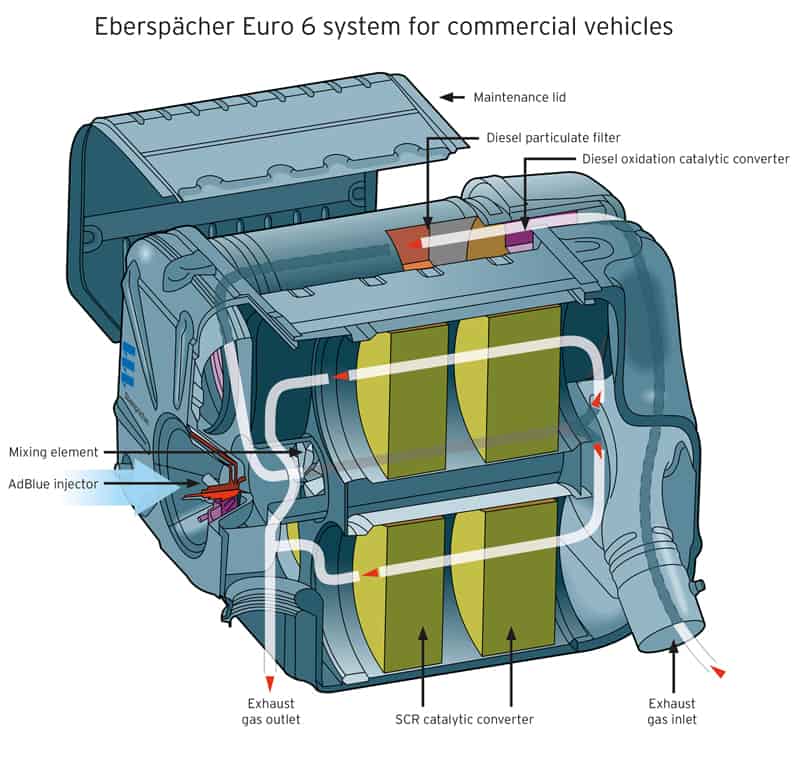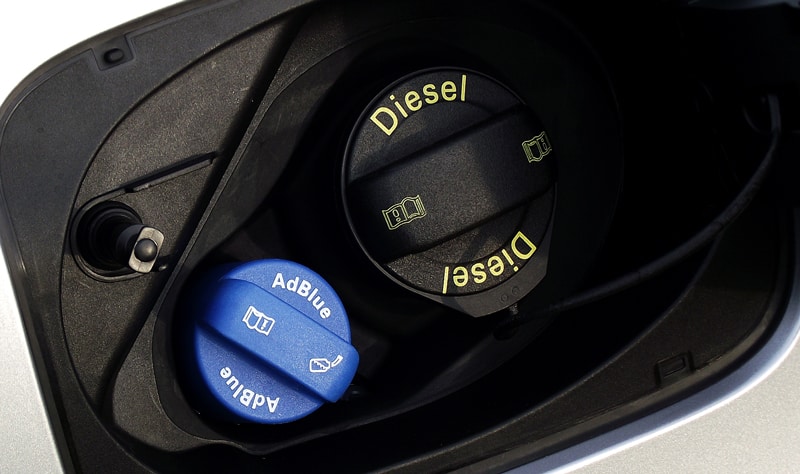
AdBlue is one of those things that has just exploded in demand in a very short period time and is something all fleet and transport managers now need to be fully up-to-speed on.
This relatively new technology is critical in ensuring compliance with the Euro 6 standards and with its widespread use, managers are now increasingly looking at more effective and efficient ways of managing their AdBlue refilling.
Similar to Fuel Management Systems, managers are looking to whether they should store on-site versus refill off-site and how to integrate tracking and reporting.
That is why I’ve compiled this AdBlue guide - to answer all your AdBlue queries, no matter how big or small.
But, first things first…
Well for a start it is not actually blue! AdBlue is a clear, colourless and non-toxic liquid.
It’s added to certain diesel vehicles that are fitted with SCR (Selective Catalytic Reduction) technology, to treat exhaust gas and reduce emissions. So, you’ll sometimes hear it referred to as DEF (Diesel Exhaust Fluid) too.
AdBlue ® is a registered trademark owned by the German Association of the Automobile Industry (VDA).
Pig urine? Well I did say this guide would cover everything you’d need to know and a lot of people seem to want to know if the old rumour was true? Is AdBlue made from pig urine?

Well no, not quite. The reason for the rumours is that AdBlue is a 32.5% solution of pure urea in demineralised water. And while AdBlue is a synthetically based product, urea is something that is found in urine (animal and human) although in much, much, lower concentrations.
Although, wouldn’t it be great if we were able to recycle urine and waste into something that also helped the environment by reducing gas emissions?
Reducing emissions is a key challenge for the automobile industry and for all of us to create a healthier environment and sustainable future.
New exhaust standards don’t just look at CO2 emission levels – reductions in nitrogen oxides are required too. Nitrogen Oxide and Dioxide are big air pollutants that build up to cause smog, acid rain and are also said to contribute to respiratory issues.

The Euro VI emission regulations required not just small improvements, but radical changes to reduce emissions by a further 56% for light vehicle goods.
So suddenly the adoption of SCR technology and the use of AdBlue wasn’t something that just affected Heavy Goods Vehicles (HGV’s) - like trucks, coaches and buses, who’ve been using it since 2004 – but all modern diesel cars.
For vehicles with engines over 1.6 litres, SCR technology and AdBlue were offering manufacturers the only means of reducing emissions by the amount required by the new regulations.
For vehicles that are equipped with SCR Technology, a small amount of AdBlue is injected into the hot exhaust system, releasing ammonia which starts a chemical reaction that converts nitrogen oxide (NO) and dioxide (NOx) into harmless steam and nitrogen.

This can reduce the amount of nitrogen oxides emitted by 90%!
If you’d like to understand a bit more about the science behind how AdBlue works – check out this article that breaks down the chemistry.
For diesel cars AdBlue is now available at many filling stations, garages and other businesses dealing in motor vehicle accessories. The refills generally come in easy to dispense containers.
The tanks which store the Adblue can vary from 5 to 20 litres and in new vehicles are quite often located next to the diesel filler. Some older cars, may have the filler caps inside the vehicle or under the bonnet – see your manual for details.
For larger HGV’s, AdBlue pumps are available in many HGV lanes. For fleet managers and transport companies – storing on-site may be the preferred option. Specific tanks and pumps can now be easily installed so you can manage all your vehicles re-fuelling and filling needs on-site.
With more and more companies having vehicles that use AdBlue, many fleet managers are opting to purchase it in bulk and store it onsite – either by using a storage tank, IBC or drum depending on the levels of usage. Specific AdBlue pumps are required to dispense and refill the fluid, so it's important to invest in the correct pump.

While one of the huge advantages of AdBlue is that it’s non-toxic, it still requires careful storage, control, and monitoring on-site to keep it free from contamination. For AdBlue and your SCR system to work, the purity of the solution must be maintained.
From tanks, pumps to monitoring systems – AdBlue’s prominence and presence is growing. Not just in the HGV and transport sector – but with a future where all diesel cars are fitted with AdBlue tanks – it is becoming ubiquitous.
If you leave your AdBlue tank to run empty, it won’t be possible to start your engine. So, be careful to pay attention to your vehicle monitors and don’t let your tank run dry.
Saying that, you should get plenty of notice. Your multi-function displays will inform your driver to top-up your AdBlue well in advance of it running out.

Plus, it’s not like your diesel – the frequency at which AdBlue needs to be refilled is vastly lower. While each vehicle is different the average consumption for your car or light vehicle, is around 1 litre of AdBlue for every 1000 km you drive. For your Heavy Goods Vehicles it’s normally around 5% of your diesel use, on average.
A word of warning – remember this is an exhaust fluid and it should only ever be added to the separate AdBlue reservoir tank. It should never be added to your fuel. If you accidentally add it to your diesel tank or visa-versa you contaminate your AdBlue tank with diesel, don’t try and start or run your vehicle. And contact a breakdown assistance service for support.
Is there something I haven’t covered in this post? Do you have a question about AdBlue that you’d like to see answered? Post a comment below or give Octane a call on 0113 2012 460